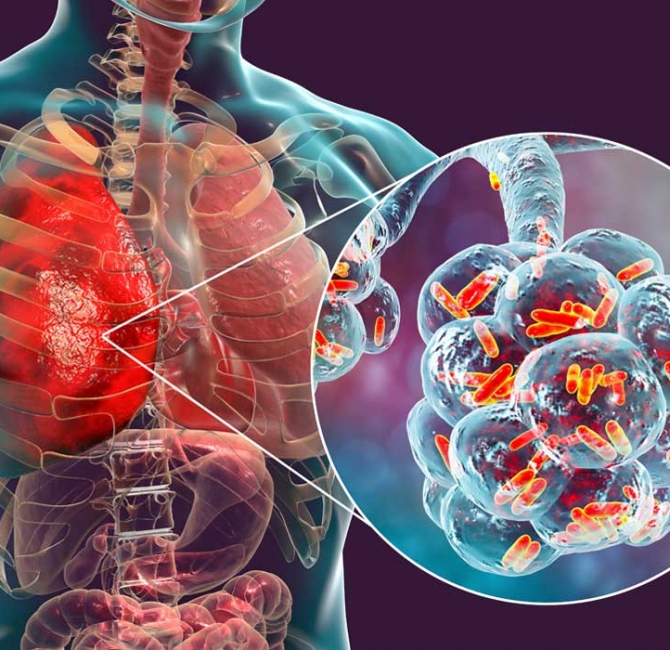Introduction
Dental caries is a complex, multifactorial disease. Although methods to control the disease are known and available, such as reducing sugar consumption, increasing fluoride exposure, and reducing dental plaque accumulation, dental caries remains the most widespread noncommunicable disease and a significant public health concern for populations globally. Dental caries treatment continues to focus mainly on restoring advanced lesions. A more comprehensive disease control approach is needed to help maintain a functional dentition throughout the lifespan.
Objective
This study provides an overview of the evidence for nonrestorative dental caries management, along with considerations for selecting nonrestorative options.
Topics covered include:
- Restorative and nonrestorative treatment based on caries lesion severity and activity
- Clinical pathways for nonrestorative treatment of caries lesions in primary and permanent teeth
- Clinical practice recommendations for fluoride use.
- Use of sealants and infiltration to arrest caries lesions
- Antimicrobials, calcium-based strategies, and biomimetic mineralization
Results
Research supports various products for arresting caries lesions, including fluorides, sealants, infiltration resins, and chlorhexidine varnish, among others. The choice of product depends on the tooth surface, primary or permanent dentition, and whether lesions are cavitated or noncavitated. Decisions should be guided by proper detection, diagnosis, and risk assessment.
Conclusions
Effective nonrestorative strategies should be used to manage active, noncavitated caries lesions in primary and permanent teeth. These strategies should also be considered for managing active cavitated lesions when restorative interventions are not feasible. The interventions should be integrated into the overall management of the caries disease process and existing modifiable risk factors at the client level. The interventions must be monitored over time and reapplied periodically, as required.
Click here to read the full article.



